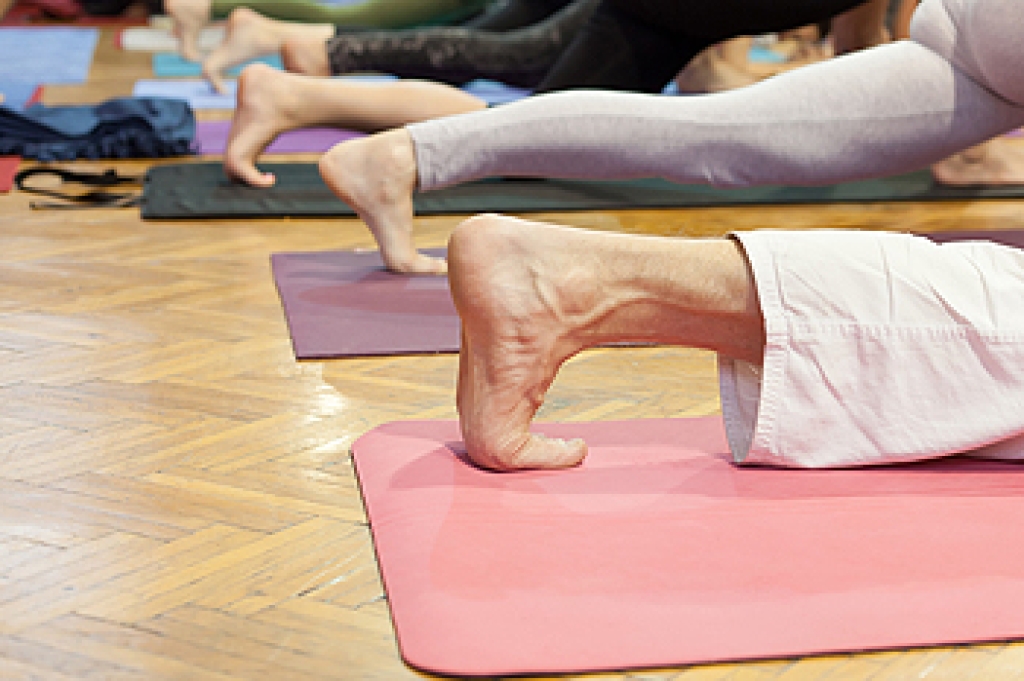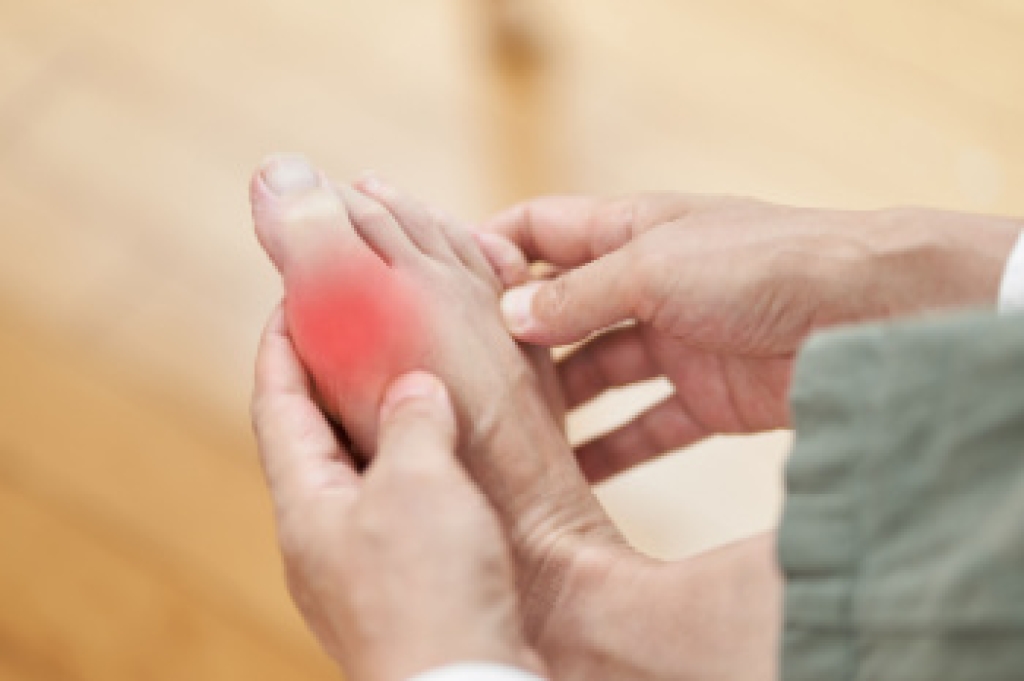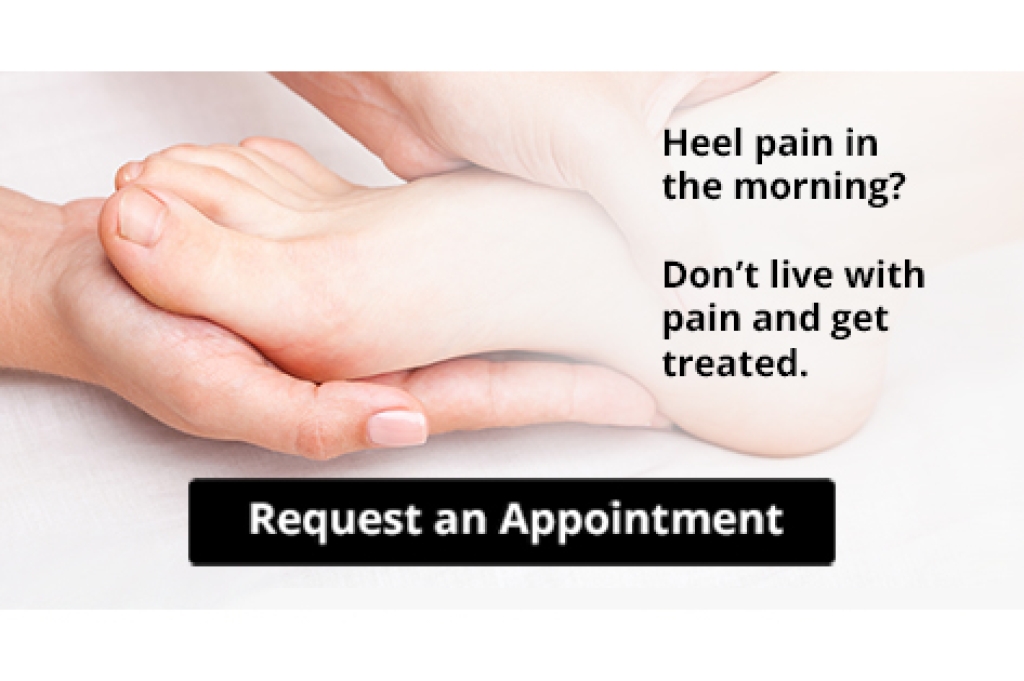
Cold feet are a common concern and may occur when blood flow or nerve function is affected. Exposure to cold temperatures can cause blood vessels to narrow, reducing warmth in the feet. Stress may also trigger vascular changes that limit circulation and contribute to a cold sensation. Poor circulation from vascular conditions can prevent enough warm blood from reaching the feet, leading to persistent coldness and discomfort. Additionally, nerve disorders may interfere with normal temperature sensation, making feet feel cold even when they are warm to the touch. Symptoms may include numbness, tingling, color changes, or an aching feeling in the feet and toes. A podiatrist can help by evaluating circulation, nerve health, and foot structure to identify the underlying cause. If your cold feet are accompanied by pain or numbness, it is suggested that you consult a podiatrist who can determine what the cause is, and offer effective relief tips.
Foot Pain
Foot pain can be extremely painful and debilitating. If you have a foot pain, consult with Philip C. Caswell, DPM from Family Foot & Ankle Care. Our doctor will assess your condition and provide you with quality foot and ankle treatment.
Causes
Foot pain is a very broad condition that could be caused by one or more ailments. The most common include:
- Bunions
- Hammertoes
- Plantar Fasciitis
- Bone Spurs
- Corns
- Tarsal Tunnel Syndrome
- Ingrown Toenails
- Arthritis (such as Gout, Rheumatoid, and Osteoarthritis)
- Flat Feet
- Injury (from stress fractures, broken toe, foot, ankle, Achilles tendon ruptures, and sprains)
- And more
Diagnosis
To figure out the cause of foot pain, podiatrists utilize several different methods. This can range from simple visual inspections and sensation tests to X-rays and MRI scans. Prior medical history, family medical history, and any recent physical traumatic events will all be taken into consideration for a proper diagnosis.
Treatment
Treatment depends upon the cause of the foot pain. Whether it is resting, staying off the foot, or having surgery; podiatrists have a number of treatment options available for foot pain.
If you have any questions, please feel free to contact our office located in Sparta, NJ . We offer the newest diagnostic and treatment technologies for all your foot care needs.




